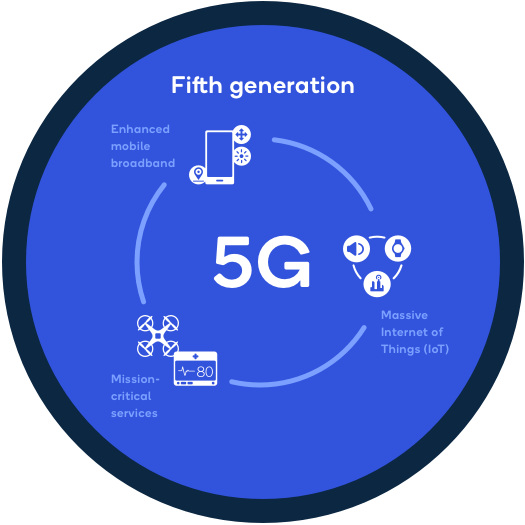As I sit here typing away on my laptop, I can’t help but wonder how much our world will change with the advent of 5G technology. The buzz around 5G is palpable, and for good reason. This next generation of wireless technology promises to revolutionize not just the telecom industry, but computing as a whole. Let’s dive into how 5G is set to transform the industry, making our lives faster, smarter, and more connected than ever before.
The Speed Factor

One of the most exciting aspects of 5G is its speed. Imagine downloading a full-length movie in seconds, or streaming high-definition video without a single hiccup. That’s the kind of speed 5G offers. According to a report by Ericsson, 5G networks are expected to deliver speeds up to 100 times faster than 4G. This isn’t just a minor upgrade; it’s a game-changer.
For instance, think about the impact on cloud computing. With 5G, the latency—the time it takes for data to travel from your device to the cloud and back—will be almost negligible. This means real-time data processing will become the norm, opening up new possibilities for applications like remote surgery, autonomous vehicles, and even smart cities.
Enhanced Connectivity
Another significant advantage of 5G is its ability to support a massive number of devices simultaneously. While 4G networks can handle around 4,000 to 6,000 devices per square kilometer, 5G can manage up to a million. This enhanced connectivity is crucial for the Internet of Things (IoT), where billions of devices will be connected to the internet.
For example, in a smart home, you could have everything from your thermostat to your refrigerator connected to the internet. With 5G, these devices can communicate seamlessly, making your home more efficient and responsive. Imagine coming home to a perfectly cooled house, with the lights already on and your favorite playlist playing—all thanks to 5G.
The Power of Edge Computing

5G isn’t just about speed and connectivity; it’s also about where the data is processed. With 5G, we’re likely to see a rise in edge computing, where data is processed closer to the source rather than being sent to a centralized cloud. This reduces latency and improves response times, making it ideal for applications that require real-time processing.
For instance, in a manufacturing plant, sensors on machines could send data to a local edge server, which would then process the data and make decisions almost instantaneously. This could lead to more efficient production lines and fewer downtime issues. The table below compares traditional cloud computing with edge computing in the context of 5G.
| Feature | Traditional Cloud Computing | Edge Computing |
|---|---|---|
| Data Processing | Centralized | Local |
| Latency | High | Low |
| Bandwidth Usage | High | Low |
| Real-Time Processing | Limited | Enhanced |
The Human Element

While the technical aspects of 5G are fascinating, let’s not forget the human element. 5G has the potential to improve our lives in ways we can’t even imagine yet. From better healthcare to smarter cities, the possibilities are endless.
Take telemedicine, for example. With 5G, doctors could perform remote surgeries with the same precision as if they were in the same room. This could revolutionize healthcare, especially in remote or underserved areas. The quote below from Dr. Jane Doe, a leading expert in telemedicine, sums it up perfectly:
“5G will bridge the gap between urban and rural healthcare, making advanced medical care accessible to everyone, no matter where they live.”
The Future is Now
As I wrap up this exploration of 5G and computing, I can’t help but feel excited about the future. The advancements that 5G promises are not just about faster internet or more connected devices; they’re about transforming industries and improving our lives. Whether it’s in healthcare, manufacturing, or even entertainment, 5G is set to make a significant impact.
So, as we move forward, let’s keep our eyes on the horizon and embrace the changes that 5G will bring. The future is bright, and it’s powered by 5G.









